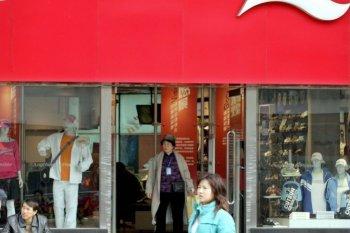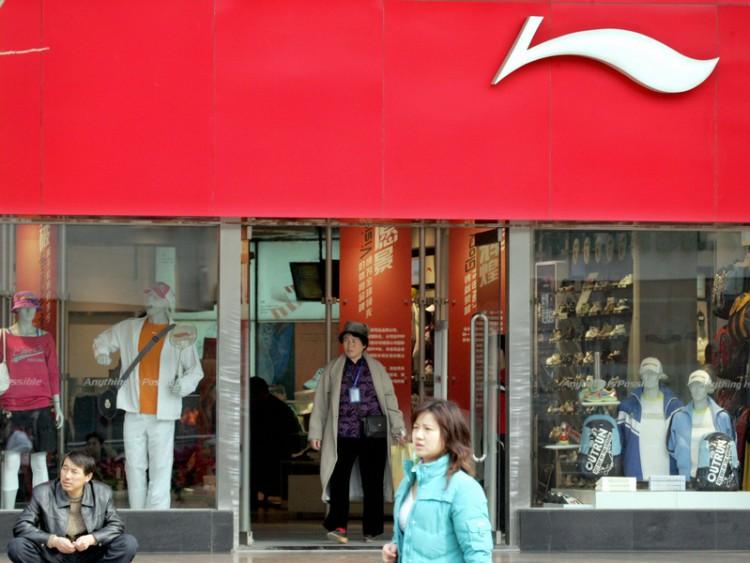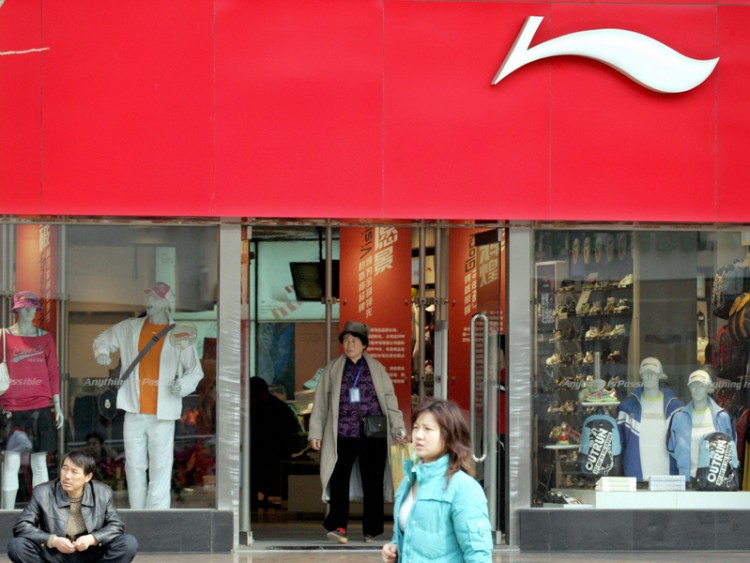Greenpeace Finds Toxic Chemicals in Top Clothing Brands
Traces of toxic and hormone-disrupting chemicals have been found in clothes bearing 14 top manufacturing brands, Greenpeace said in its report released on Tuesday in the Philippines and China, where many of the clothes are made.

Beijing Li Ning Sports apparel stores Teh Eng Koon/AFP/Getty Images
|Updated:





